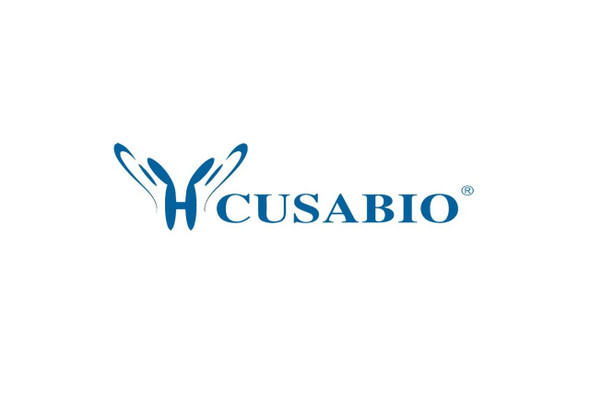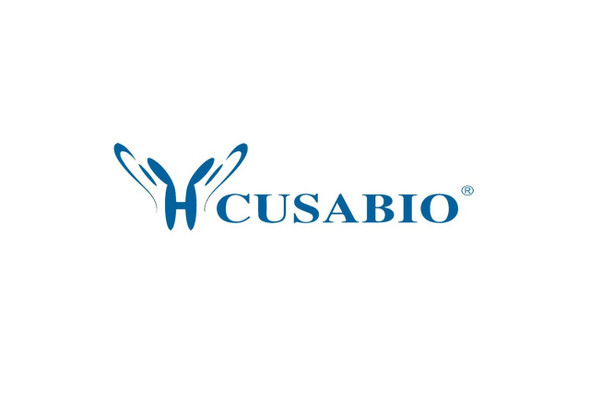Cusabio Mouse Recombinants
Recombinant Mouse Receptor-interacting serine/threonine-protein kinase 1 (Ripk1) | CSB-EP720181MO
- SKU:
- CSB-EP720181MO
- Availability:
- 3 - 7 Working Days
Description
Recombinant Mouse Receptor-interacting serine/threonine-protein kinase 1 (Ripk1) | CSB-EP720181MO | Cusabio
Alternative Name(s): Cell death protein RIP (Receptor-interacting protein 1) (RIP-1) (Rinp) (Rip)
Gene Names: Ripk1
Research Areas: Cancer
Organism: Mus musculus (Mouse)
AA Sequence: MQPDMSLDNIKMASSDLLEKTDLDSGGFGKVSLCYHRSHGFVILKKVYTGPNRAEYNEVLLEEGKMMHRLRHSRVVKLLGIIIEEGNYSLVMEYMEKGNLMHVLKTQIDVPLSLKGRIIVEAIEGMCYLHDKGVIHKDLKPENILVDRDFHIKIADLGVASFKTWSKLTKEKDNKQKEVSSTTKKNNGGTLYYMAPEHLNDINAKPTEKSDVYSFGIVLWAIFAKKEPYENVICTEQFVICIKSGNRPNVEEILEYCPREIISLMERCWQAIPEDRPTFLGIEEEFRPFYLSHFEEYVEEDVASLKKEYPDQSPVLQRMFSLQHDCVPLPPSRSNSEQPGSLHSSQGLQMGPVEESWFSSSPEYPQDENDRSVQAKLQEEASYHAFGIFAEKQTKPQPRQNEAYNREEERKRRVSHDPFAQQRARENIKSAGARGHSDPSTTSRGIAVQQLSWPATQTVWNNGLYNQHGFGTTGTGVWYPPNLSQMYSTYKTPVPETNIPGSTPTMPYFSGPVADDLIKYTIFNSSGIQIGNHNYMDVGLNSQPPNNTCKEESTSRHQAIFDNTTSLTDEHLNPIRENLGRQWKNCARKLGFTESQIDEIDHDYERDGLKEKVYQMLQKWLMREGTKGATVGKLAQALHQCCRIDLLNHLIRASQS
Source: E.coli
Tag Info: N-terminal 6xHis-tagged
Expression Region: 1-656aa
Sequence Info: Full Length
MW: 78.9
Purity: Greater than 85% as determined by SDS-PAGE.
Relevance: Serine-threonine kinase which transduces inflammatory and cell-death signals following death receptors ligation, activation of pathogen recognition receptors, and DNA damage. Upon activation of TNFR1 by the TNF-alpha family cytokines, TRADD and TRAF2 are recruited to the receptor. Phosphorylates DAB2IP at 'Ser-728' in a TNF-alpha-dependent manner, and thereby activates the MAP3K5-JNK apoptotic cascade. Ubiquitination by TRAF2 via 'Lys-63'-link chains acts as a critical enhancer of communication with downstream signal transducers in the mitogen-activated protein kinase pathway and the NF-kappa-B pathway, which in turn mediate downstream events including the activation of genes encoding inflammatory molecules. Polyubiquitinated protein binds to IKBKG/NEMO, the regulatory subunit of the IKK complex, a critical event for NF-kappa-B activation. Interaction with other cellular RHIM-containing adapters initiates gene activation and cell death (By similarity). RIPK1 and RIPK3 association, in particular, forms a necrosis-inducing complex.
Reference: "Comparison of human chromosome 6p25 with mouse chromosome 13 reveals a greatly expanded ov-serpin gene repertoire in the mouse." Kaiserman D., Knaggs S., Scarff K.L., Gillard A., Mirza G., Cadman M., McKeone R., Denny P., Cooley J., Benarafa C., Remold-O'Donnell E., Ragoussis J., Bird P.I. Genomics 79:349-362(2002)
Storage: The shelf life is related to many factors, storage state, buffer ingredients, storage temperature and the stability of the protein itself. Generally, the shelf life of liquid form is 6 months at -20?/-80?. The shelf life of lyophilized form is 12 months at -20?/-80?.
Notes: Repeated freezing and thawing is not recommended. Store working aliquots at 4? for up to one week.
Function:
Involvement in disease:
Subcellular Location:
Protein Families:
Tissue Specificity:
Paythway:
Form: Liquid or Lyophilized powder
Buffer: If the delivery form is liquid, the default storage buffer is Tris/PBS-based buffer, 5%-50% glycerol. If the delivery form is lyophilized powder, the buffer before lyophilization is Tris/PBS-based buffer, 6% Trehalose, pH 8.0.
Reconstitution: We recommend that this vial be briefly centrifuged prior to opening to bring the contents to the bottom. Please reconstitute protein in deionized sterile water to a concentration of 0.1-1.0 mg/mL.We recommend to add 5-50% of glycerol (final concentration) and aliquot for long-term storage at -20?/-80?. Our default final concentration of glycerol is 50%. Customers could use it as reference.
Uniprot ID: Q60855
HGNC Database Link: N/A
UniGene Database Link: N/A
KEGG Database Link: N/A
STRING Database Link: N/A
OMIM Database Link: N/A











